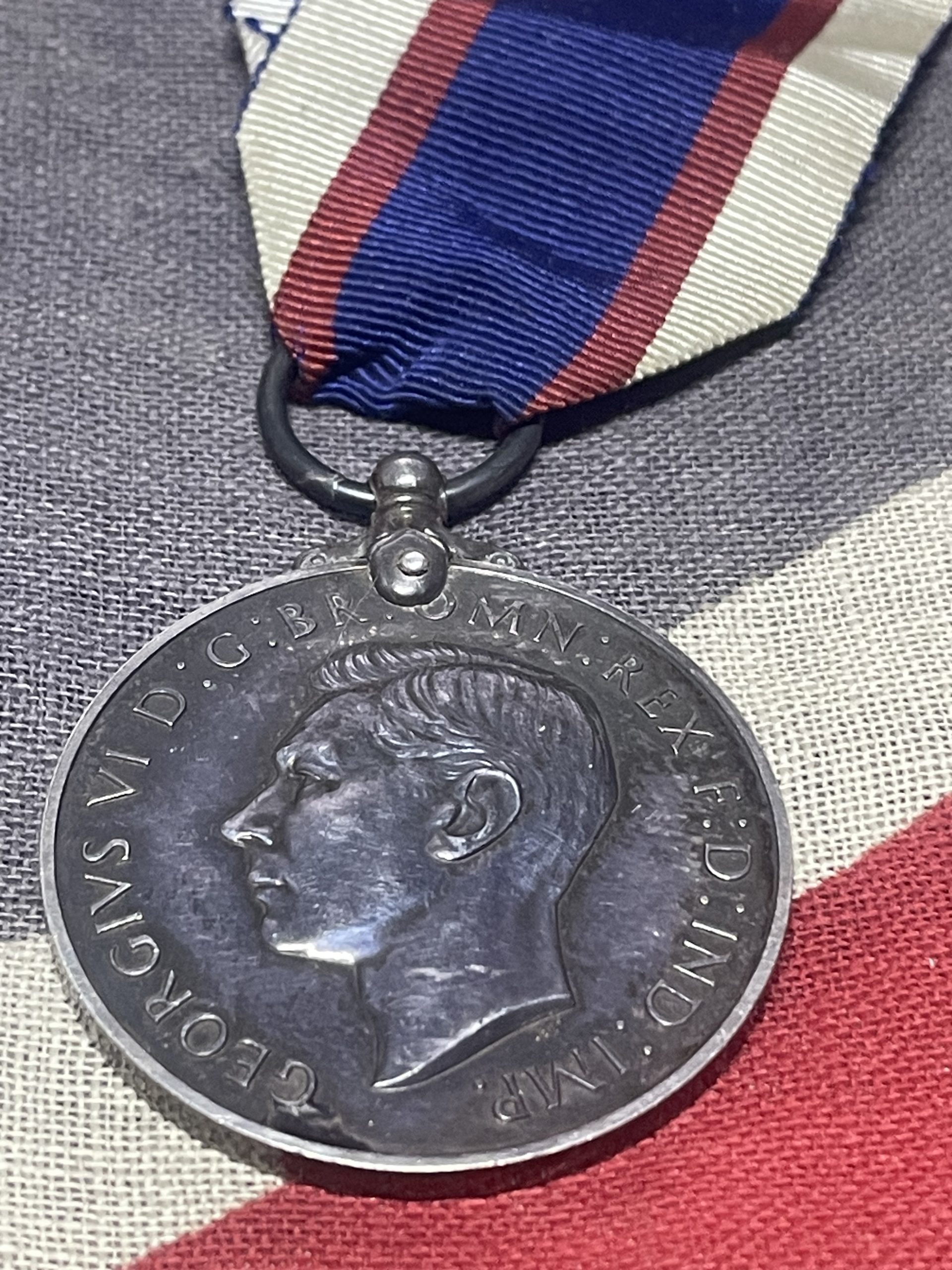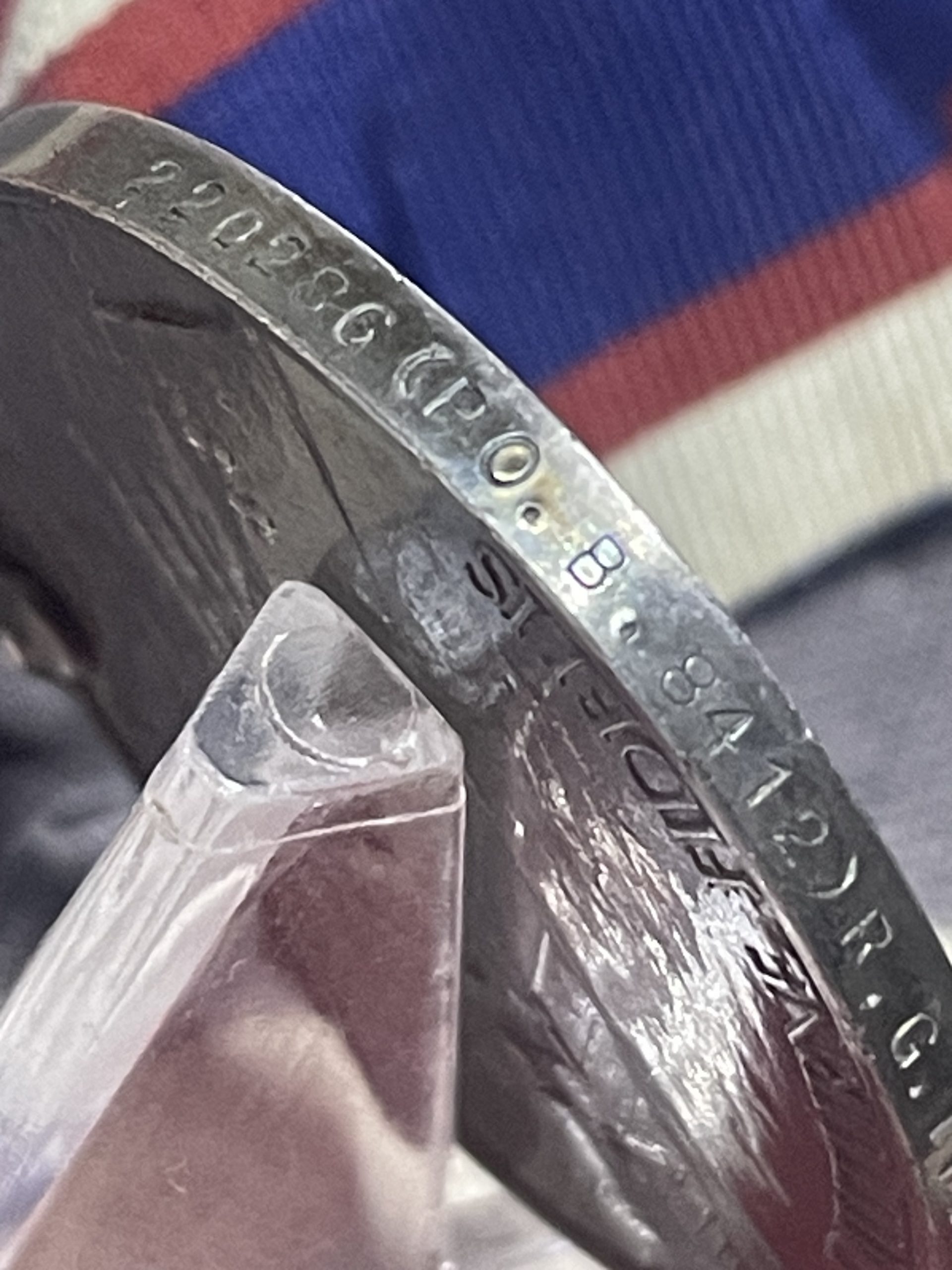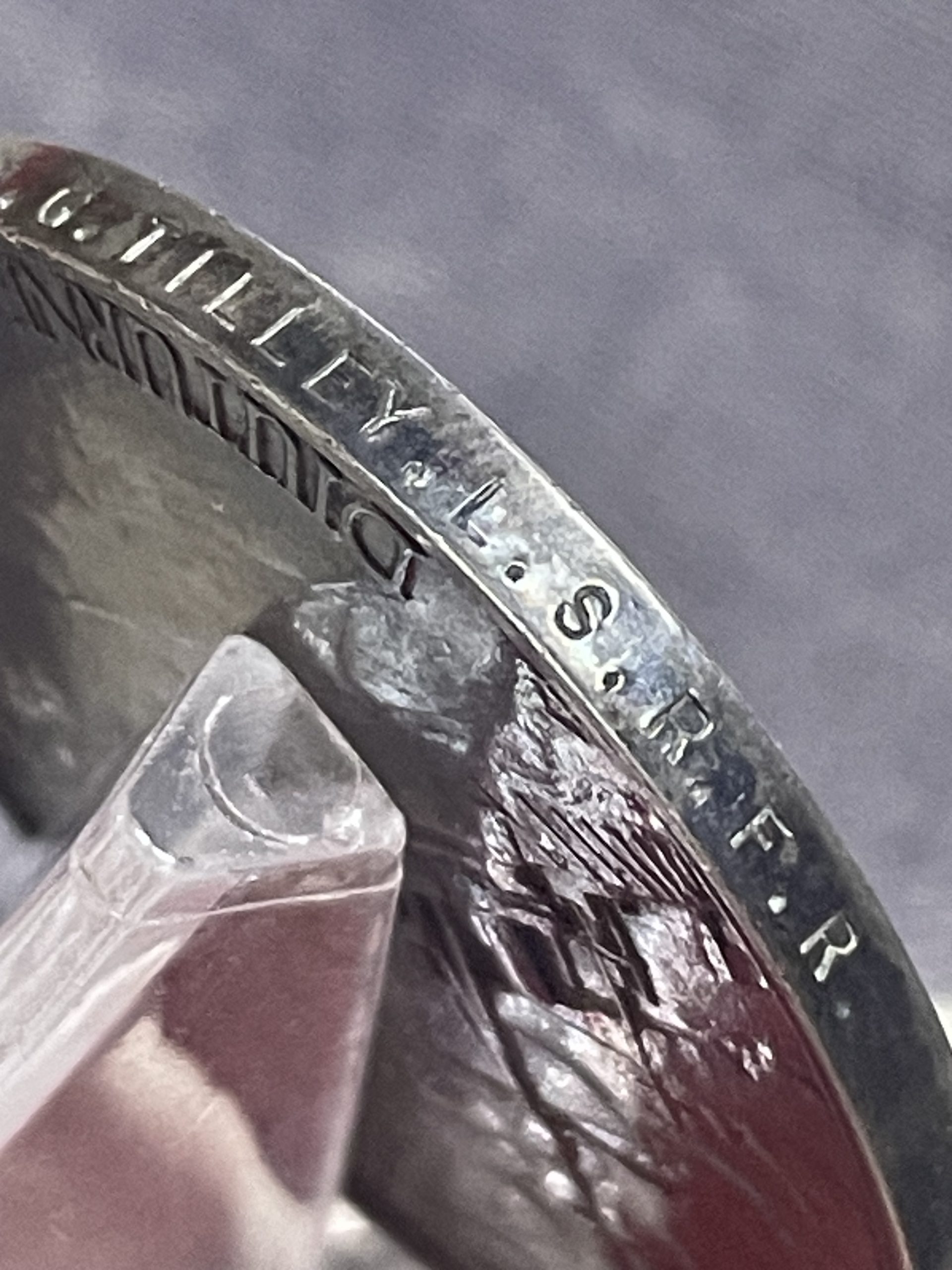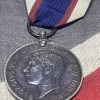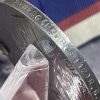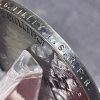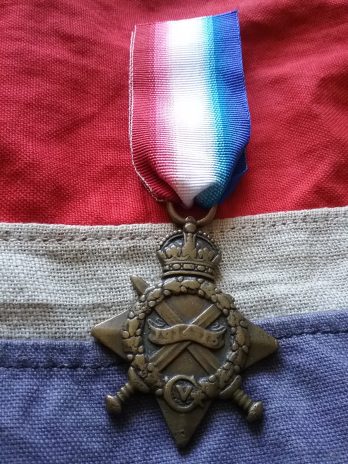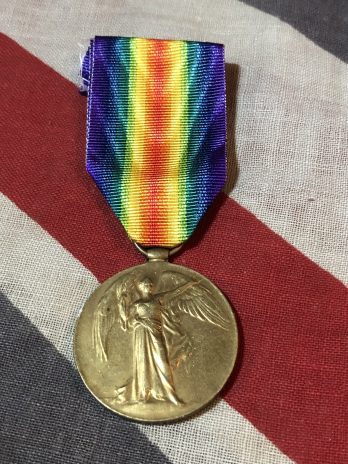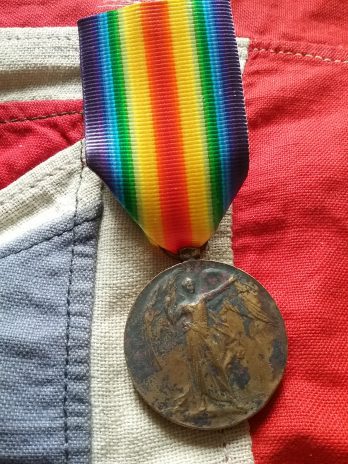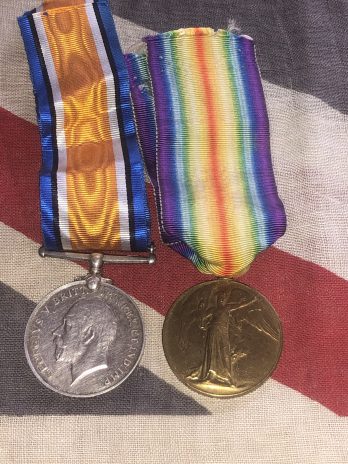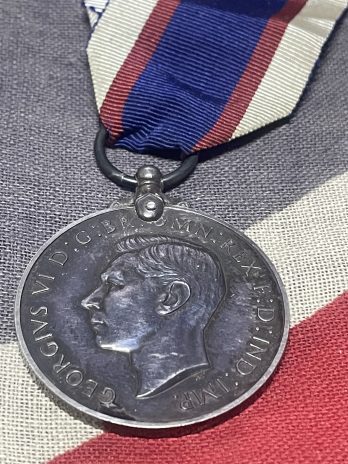Correctly named 220286 (PO.B.8412) RG Tilley LS RFR
Robert George Tilley was born to Henry and Sarah in Wellingborough in March 1886.
In 1901, we find the family living at 6 Castle Street, Wellingborough and Robert is seen to be working as a merchants clerk.
He enlisted into the Royal Navy in 1905 when he was working as a messenger.
Among his many postings, he joins HMS Agincourt in 1914 until 1919.
HMS Agincourt fought at the Battle of Jutland May 1916, Robert is confirmed as present on crewlists.
She was the last ship of the Sixth Division of the 1st BS, along with Hercules, Revenge and the flagship, Marlborough, the most heterogeneous group possible as each ship was from a different class. The Sixth Division was the starboardmost column of the Grand Fleet as it headed south to rendezvous with the ships of Admiral Beatty’s Battle Cruiser Fleet, then engaged with their opposite numbers from the German High Seas Fleet in the North Sea. Admiral Jellicoe, commander of the Grand Fleet, kept it in cruising formation until 18:15, when he ordered it to deploy from column into a single line based on the port division, each ship turning 90° in succession. This turn made the Sixth Division the closest ships in the Grand Fleet to the battleships of the High Seas Fleet, and they fired on each ship as they made their turn to port. This concentration of fire later became known as “Windy Corner” to the British, as the ships were drenched by German shell splashes although none were hit.
At 18:24, Agincourt opened fire on a German battlecruiser with her main guns. Shortly afterwards her six-inch guns followed suit as German destroyers made torpedo attacks on the British battleships to cover the turn to the south of the High Seas Fleet. Agincourt successfully evaded two torpedoes, although another struck Marlborough. Visibility cleared around 19:15, and she engaged a Kaiser-class battleship without result before it was lost in the smoke and haze. Around 20:00, Marlborough was forced to reduce speed because of the strain on her bulkheads from her torpedo damage and her division mates conformed to her speed. In the reduced visibility the division lost sight of the Grand Fleet during the night, passing the badly damaged battlecruiser SMS Seydlitz without opening fire. Dawn found them with only the detritus from the previous day’s battle in sight and the division arrived back at Scapa Flow on 2 June. Agincourt fired 144 twelve-inch shells and 111 six-inch shells during the battle, although she is not known to have hit anything.
Although the Grand Fleet made several sorties over the next few years it is not known if Agincourt participated in them. On 23 April 1918, Agincourt and Hercules were stationed at Scapa Flow to provide cover for the Scandinavian convoys between Norway and Britain when the High Seas Fleet sortied in an attempt to destroy the convoy. The reports from German Intelligence were slightly off schedule, as both the inbound and outbound convoys were in port when the Germans reached their normal route, so Admiral Scheer ordered the fleet to return to Germany without spotting any British ships.
Agincourt was later transferred to the 2nd Battle Squadron and was present at the surrender of the High Seas Fleet on 21 November 1918.
He transferred to the RFR in 1919.
In 1921 we find his address listed as 122 Melton Road, Wellingborough and again working as a merchants clerk.
He married Phyliss Ivy Jackson in 1925.
Robert died in 1968.
Entitled to a 1915 Star Trio and possibly WWII medals.
This medal has an original silk ribbon.


